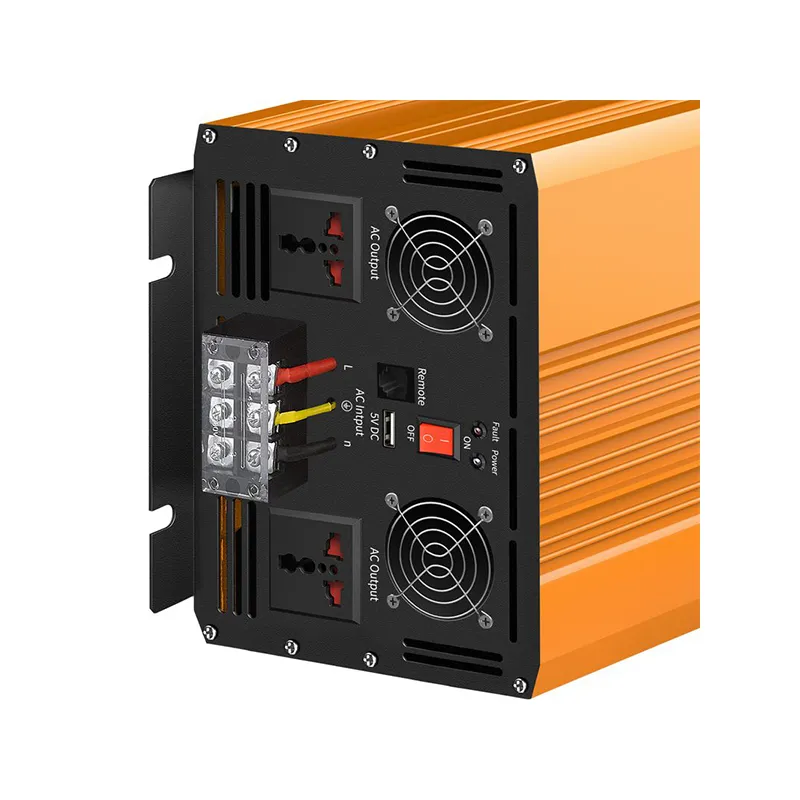solar panel estimate size
Estimating the Size of Solar Panels for Your Energy Needs
As the world increasingly shifts towards sustainable energy solutions, solar panels have emerged as a prominent choice for homeowners and businesses alike. Harnessing the power of the sun not only reduces electricity bills but also contributes to a greener planet. If you are considering installing solar panels, understanding how to estimate the size required for your energy needs is crucial.
Understanding Your Energy Consumption
The first step in estimating the size of the solar panel system you need is to assess your current energy consumption. This is typically measured in kilowatt-hours (kWh). You can find this information on your electricity bill, which outlines your monthly energy usage. To get a clearer picture, review your bills for the past year and calculate your average monthly consumption.
For example, if your home uses approximately 800 kWh per month, you’ll need to translate this into daily usage, which amounts to about 26.67 kWh per day (800 kWh divided by 30 days). Understanding your energy needs will allow you to tailor the solar panel system to meet these demands effectively.
Calculating Solar Panel Output
Once you know your energy consumption, the next step is to determine how much energy a solar panel system can potentially produce. Several factors affect solar panel output, including the geographical location, the angle of the roof, and the amount of sunlight your area receives throughout the year.
On average, a single solar panel generates around 250 to 400 watts of electricity under optimal conditions. However, in practical terms, this varies based on location. For instance, areas with high solar irradiance will yield more energy from each panel compared to locations with less sunlight.
To estimate daily energy production, you would multiply the wattage of the solar panels you plan to use by the number of sunlight hours they receive in a day. For example, if you use 300-watt panels and your location receives 5 hours of peak sunlight, the daily output of one panel would be approximately 1.5 kWh (300 watts x 5 hours).
Estimating the Number of Panels Needed
solar panel estimate size

With your energy consumption and the estimated output of panels at hand, you can now calculate the number of solar panels needed. Continuing with our example, if your daily energy requirement is 26.67 kWh and each panel produces 1.5 kWh per day, you would divide your daily energy needs by the output per panel
\[ \text{Number of Panels} = \frac{\text{Daily Consumption}}{\text{Output per Panel}} = \frac{26
.67 kWh}{1.5 kWh} \approx 18 \]In this scenario, you would need about 18 solar panels to meet your energy needs.
Considering System Losses
It is also essential to factor in system losses due to inefficiencies. Solar panel systems typically experience a loss of around 15% due to factors such as shading, inverter efficiency, and temperature. To account for this loss, you can adjust the previous total upwards
\[ \text{Adjusted Number of Panels} = \frac{\text{Number of Panels}}{(1 - \text{Loss Percentage})} = \frac{18}{0.85} \approx 21 \]
Thus, in this case, you’d need approximately 21 panels to meet your energy requirements, accounting for system losses.
Conclusion
Estimating the size of a solar panel system is a vital step towards embracing renewable energy. By understanding your energy consumption, calculating potential output, and factoring in inefficiencies, you can determine the appropriate number of solar panels needed for your home or business. This not only empowers you to make informed decisions but also helps you maximize the benefits of your investment in solar energy. As you embark on this journey, consulting with a professional solar installer can further optimize your setup, ensuring you harness the full potential of solar power for years to come.
-
Unlocking Energy Freedom with the Off Grid Solar InverterNewsJun.06,2025
-
Unlock More Solar Power with a High-Efficiency Bifacial Solar PanelNewsJun.06,2025
-
Power Your Future with High-Efficiency Monocrystalline Solar PanelsNewsJun.06,2025
-
Next-Gen Solar Power Starts with Micro Solar InvertersNewsJun.06,2025
-
Harnessing Peak Efficiency with the On Grid Solar InverterNewsJun.06,2025
-
Discover Unmatched Efficiency with the Latest String Solar InverterNewsJun.06,2025







